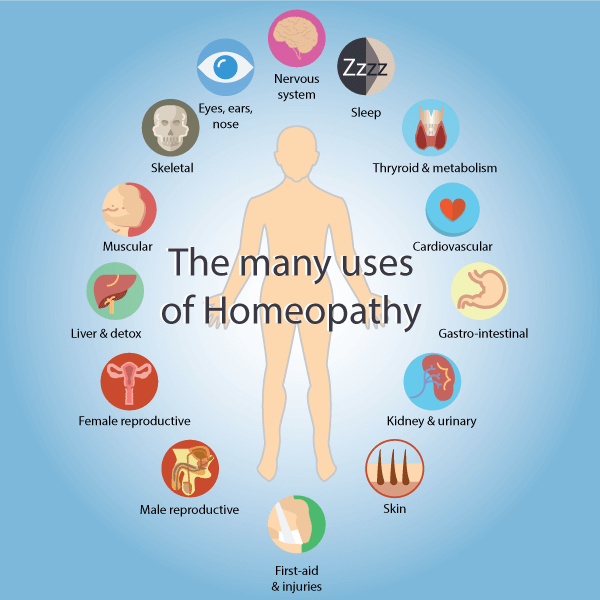Feeling in homeopathy
Description: The book “Sensation in Homeopathy” presents a consistent development of the author’s ideas. The reader is strongly advised to carefully study the fundamental concepts of this work, namely: Central Violation,
Delusion, Realms, Miasms, Sensation, etc. The summary of these concepts presented in the first chapter is mainly intended for those who are already familiar with them.
Beginners are advised to read the author’s previous works, The Spirit of Homeopathy, The Substance of Homeopathy, The System of Homeopathy, and Understanding Plants, before reading this book.
Concepts and tables contribute to the systematization of homeopathy.
The reader, however, should not forget that the concepts outlined by the author in this and previous works originate directly from the foundations of homeopathy.
Sometimes the simplicity of these ideas makes beginners think that the philosophy of homeopathy, the materia medica and the repertories are completely unimportant. Such delusions lead to failure.
The author would like to reiterate that the ideas of this book are the result of the crystallization of knowledge derived from the philosophy of homeopathy, the Materia Medica and the Repertories.
The system he follows in his practice rests on a very solid foundation of these basic elements, and this work is only a brief overview of the whole system.
Of particular note is the concept of realms, which seems simple and appealing to beginners. The understanding of the periodic table proposed by Dr. Shankaran undoubtedly simplified the selection of mineral preparations, but all his ideas and appointments have a very reliable foundation – philosophy, Materia Medica, Repertories.

For example, he suggested that the main theme of Aurum is the ability to stand on one’s own feet and take responsibility for oneself and others, as evidenced by the well-known symptoms of Aurum, namely: “The delusion that he has neglected his duties”, “Ailments from unaccustomed responsibility”, “Good faith”, etc.
Descriptions of the plant kingdom are built entirely on symptoms drawn from various materia medica and provings, as evidenced by The Essence of Plants.
Concepts related to the animal kingdom
Concepts related to the animal kingdom are also invariably based on symptoms and cases. In addition, all provisions have been verified by the author on his own, more than twenty years of practice, as well as in cases described by his colleagues.
The reader is urged to strengthen his basic knowledge by a diligent study of the main points of the primary sources.This will help keep you connected to the basics, which should not be forgotten, even as new ideas and concepts emerge.
In fact, no real progress in homeopathy is possible without a very strong foundation in the philosophy of Homeopathy, the Materia Medica and the Repertories.
Subtle feeling
The book is a further deepening and refinement of the concept of vital sensation in homeopathy. The author pays great attention to the philosophy of vital sensation, working out the technique of taking a case, illustrating this with vivid examples from his own practice and history.

The issues of choice of potency and frequency of techniques, features of sensation of various kingdoms of nature are considered. At the end of the book are Dr. Shankaran’s answers to the readers’ most frequently asked questions.
Insight into the essence of plants
The first volume details 89 medicines from the plant kingdom, including “small” and new ones, classified into 11 families and 10 miasms. The sensations of each family and miasm are given – at their intersection a simillimum is born.
The book is illustrated with numerous cases, often showing a long way to achieve maximum similarity – the key to a successful cure.
Convenient reference tables are given. In the second volume, the reader will get acquainted with another 77 drugs from 10 families. The book is intended primarily for followers of the Sankaran method, but will also help all apologists of classical homeopathy in their search for the cherished simillimum.
The second volume details 77 medicines from the plant kingdom, classified into 11 families and 10 miasms. Like the first volume, the book is illustrated with numerous cases and provided with handy reference tables.
This is another gift to the followers of the Sankaran method and to all apologists of classical homeopathy who are looking for the cherished simillimum.
Homeopathy system
This is Rajan Shankaran’s fifth book in which he illustrates his method of taking and analyzing a case with 35 examples. The book contains a large theoretical chapter, a chapter on the miasmatic classification of diseases, and short notes on the differential diagnosis of medicines from the animal kingdom.
The book reads like a fascinating detective story, and is intended not only for fans of the Shankaran method, but also for all apologists of classical homeopathy, and may also be of interest to psychologists and medical theorists.
